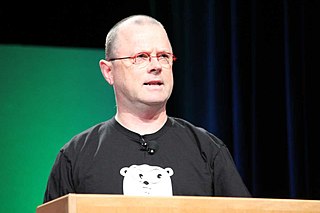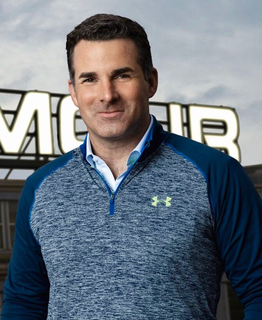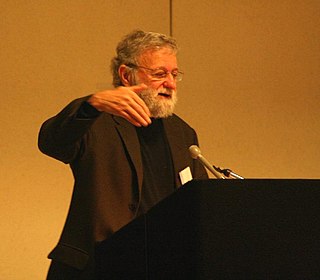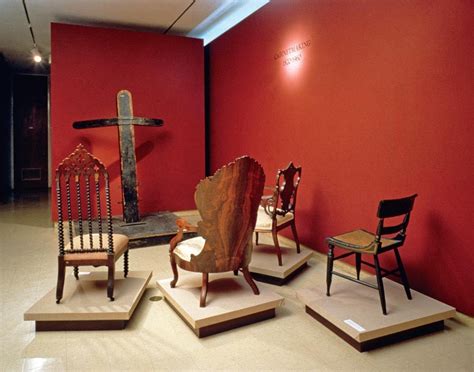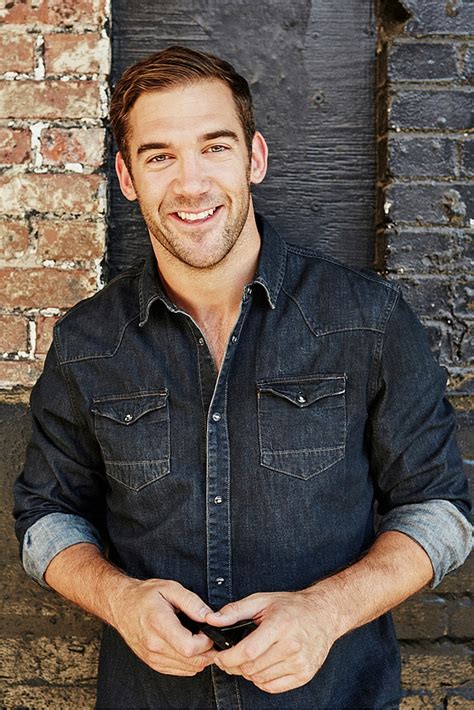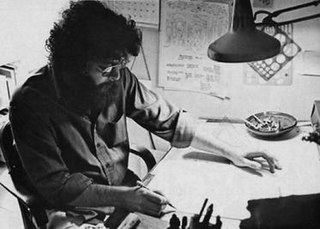A Quote by Rob Pike
You have to make a decision whether it's a new product or you integrate it with an existing product. It takes time to work these things out.
Related Quotes
No product is an island. A product is more than the product. It is a cohesive, integrated set of experiences. Think through all of the stages of a product or service - from initial intentions through final reflections, from first usage to help, service, and maintenance. Make them all work together seamlessly. That's systems thinking.
